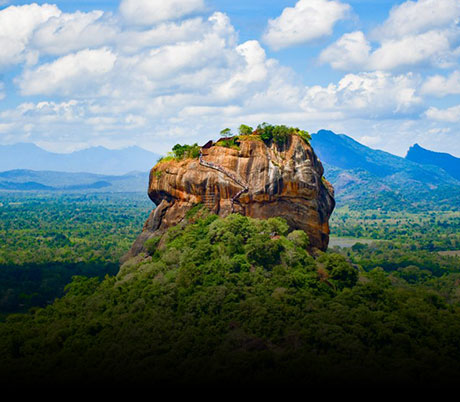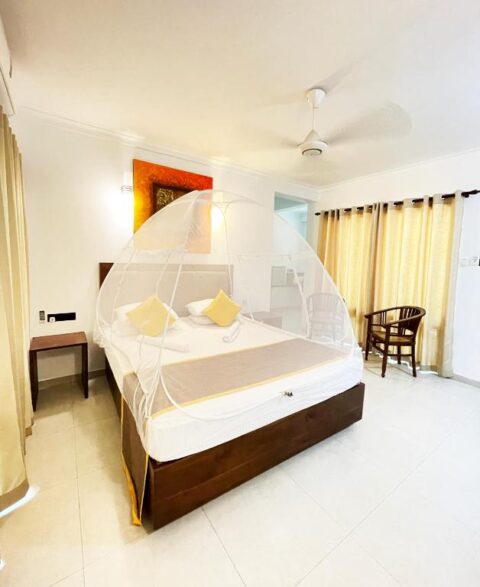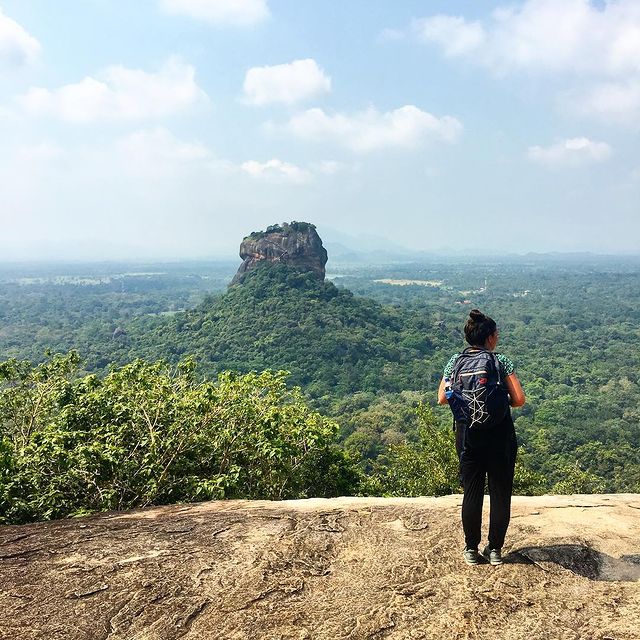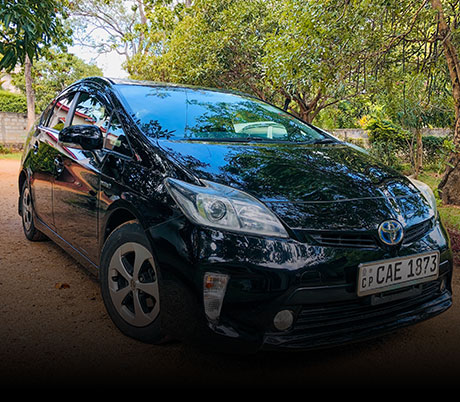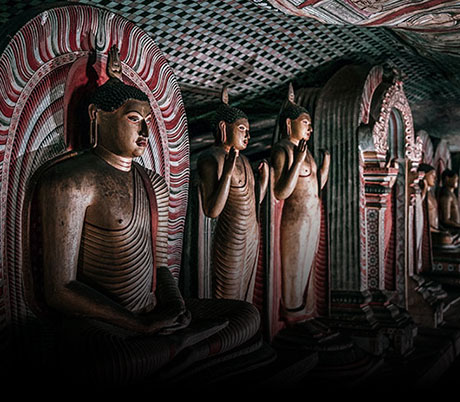Sigiriya Rock, also known as Lion Rock, is one of Sri Lanka’s most iconic and breathtaking historical landmarks. This ancient rock fortress, perched dramatically atop a massive 200-meter-high rock, is a UNESCO World Heritage Site and a must-visit destination for history buffs, nature lovers, and adventure seekers. In this blog, we’ll explore the fascinating history, architectural marvels, and practical tips for visiting Sigiriya Rock.
What is Sigiriya Rock?
Sigiriya Rock is an ancient rock fortress and palace complex located in the Matale District of Sri Lanka. It is renowned for its historical significance, stunning frescoes, and impressive engineering. The site is often referred to as the “Eighth Wonder of the World” due to its unique blend of natural beauty and human ingenuity.
Historical Significance of Sigiriya Rock
Who Built It?:
Sigiriya was built by King Kashyapa I (477–495 AD), a king of the Anuradhapura period. He constructed the fortress as a royal palace and a secure refuge after overthrowing his father, King Dhatusena.
Why Was It Built?:
King Kashyapa chose Sigiriya as his capital and built the fortress to protect himself from potential attacks by his brother, Prince Moggallana, who was the rightful heir to the throne.
Historic Value
Sigiriya is a masterpiece of ancient urban planning, architecture, and art. It showcases advanced engineering techniques, including water gardens, moats, and sophisticated irrigation systems.
Location and Height
Location:
Sigiriya is located in the Central Province of Sri Lanka, near the town of Dambulla. It is approximately 170 kilometers from Colombo, the capital city.
Height:
The rock rises 200 meters (660 feet) above the surrounding plains, offering panoramic views of the lush landscape.
—
Climbing Sigiriya Rock
Number of Steps:
There are approximately 1,200 steps to reach the summit. The climb is moderately challenging but rewarding.
Best Time to Climb:
The best time to climb Sigiriya is early in the morning (around 7:00 AM) or late in the afternoon (around 3:00 PM) to avoid the midday heat. The cooler temperatures also make the climb more enjoyable.
The View:
From the top, visitors are treated to breathtaking views of the surrounding forests, gardens, and distant mountains. It’s a perfect spot for photography and soaking in the natural beauty of Sri Lanka.
Frescoes of Sigiriya
One of the most famous features of Sigiriya is its ancient frescoes, which are located in a sheltered pocket of the rock face. These paintings depict celestial maidens, often referred to as “Sigiriya Damsels,” and are believed to represent apsaras (heavenly nymphs) or women from King Kashyapa’s court. The vibrant colors and intricate details of the frescoes have survived for over 1,500 years, making them a testament to the artistic skills of ancient Sri Lanka.
The Lion Gate
The name “Lion Rock” comes from the massive lion statue that once guarded the entrance to the summit. Today, only the lion’s paws remain, but they still evoke a sense of grandeur and mystery. The staircase between the paws was the final ascent to the palace, symbolizing the power and authority of King Kashyapa.
Gardens of Sigiriya
Sigiriya is home to some of the oldest landscaped gardens in the world. The site features three types of gardens:
1. Water Gardens: A series of pools, fountains, and canals that showcase advanced hydraulic engineering.
2. Boulder Gardens: Large boulders with pathways and structures built around them.
3. Terraced Gardens: Step-like terraces that follow the natural contours of the rock.
How much is the entrance fee?
– For foreign tourists: $30 USD per person.
– For SAARC nationals: $15 USD per person.
How long does it take to climb Sigiriya?
Is the climb difficult?
What should I wear?
Wear comfortable clothing and sturdy shoes. A hat, sunscreen, and plenty of water are also recommended.
Can children and elderly visitors climb Sigiriya?
Yes, but it may be challenging for very young children or elderly individuals. Take breaks as needed and proceed with caution.
Best Time to Visit Sigiriya
Best Time to Visit Sigiriya
The best time to visit Sigiriya is during the dry season, from May to September, when the weather is pleasant and the skies are clear. Early mornings or late afternoons are ideal for climbing to avoid the heat and crowds.
Why Visit Sigiriya Rock?
Historical Marvel: Explore the ancient ruins of a royal palace and fortress.
Artistic Treasure: Admire the stunning frescoes and intricate carvings.
Natural Beauty: Enjoy the lush gardens and panoramic views from the summit.
Cultural Experience: Learn about Sri Lanka’s rich history and heritage.
Tips for Visiting Sigiriya
– Start your climb early to avoid the heat and crowds.
– Hire a local guide to learn more about the history and significance of the site.
– Bring water, snacks, and sunscreen.
– Respect the site by not touching the frescoes or littering.
Sigiriya Rock is a testament to the ingenuity and creativity of ancient Sri Lankan civilization. Whether you’re a history enthusiast, an art lover, or an adventure seeker, Sigiriya offers a unique and unforgettable experience. Plan your visit today and immerse yourself in the beauty and history of this incredible UNESCO World Heritage Site.
By following this guide, you’ll be well-prepared to explore Sigiriya Rock and make the most of your visit. Don’t forget to share your experience and photos with friends and family to inspire them to visit this majestic landmark!

